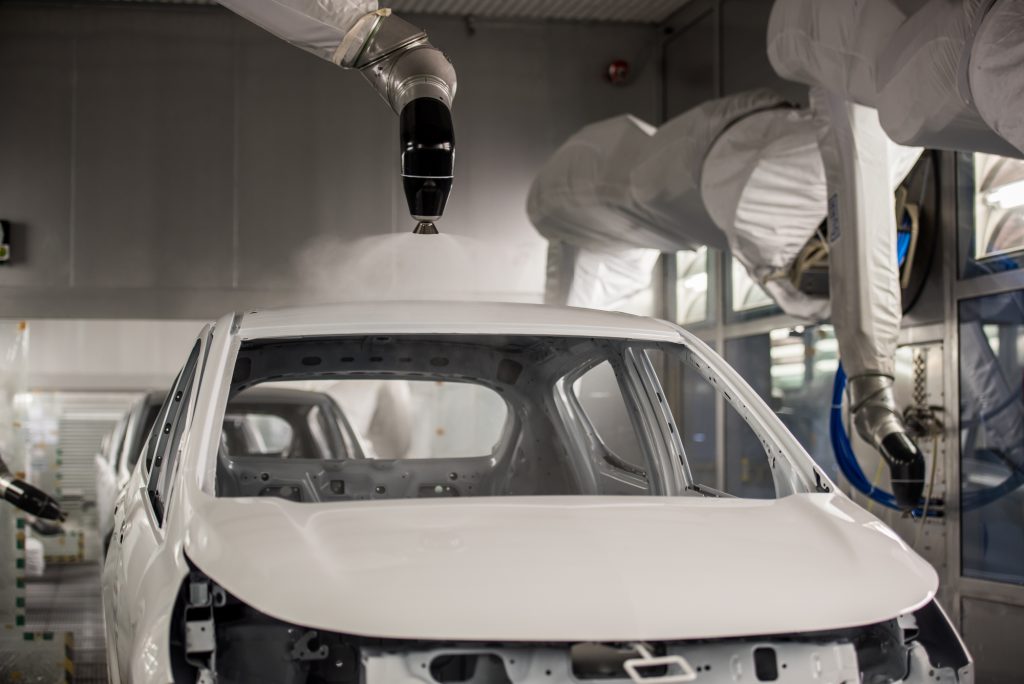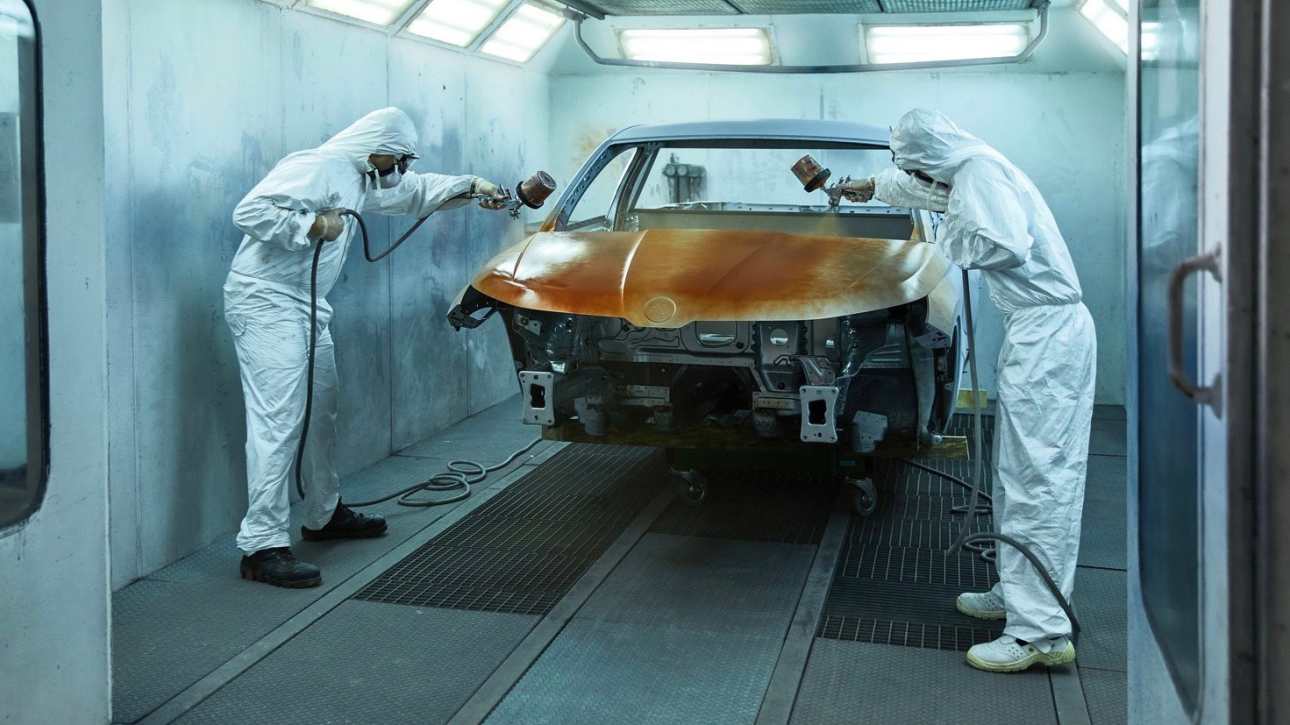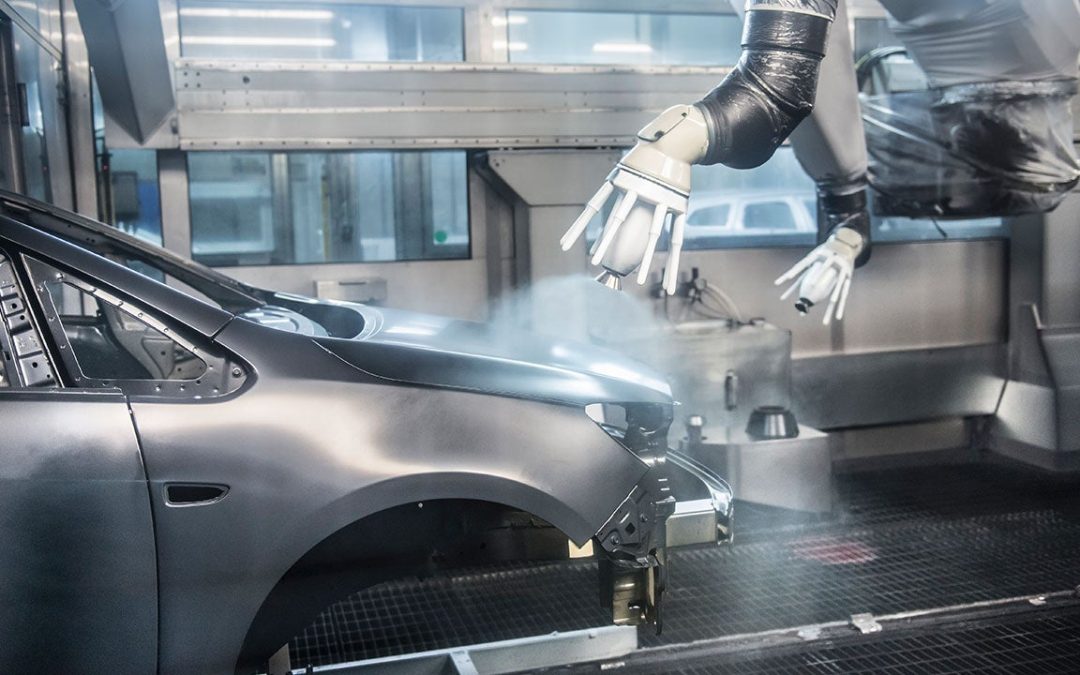Prepping your car for paint is a meticulous yet rewarding process. By following the right steps, you ensure that your vehicle’s new look is both stunning and long-lasting. In this article, well delve into all the measures and techniques you’ll need to prepare your car properly. This guide is especially beneficial for industry QA professionals who appreciate precision and attention to detail.

Understanding the Importance of Proper Car Prep
Getting your car prepped correctly is crucial for several reasons. Not only does it enhance the final look, but it also ensures the paint job is durable. Poor preparation can lead to uneven paint, bubbles, and other issues.
Gathering the Necessary Materials
Before you start, gather all required materials. This includes sandpaper, masking tape, plastic sheeting, degreaser, and other cleaning agents. Having everything ready makes the process seamless.
Essential Tools
- Sandpapers (various grits)
- Masking tape
- Plastic sheeting
- Degreaser
- Cleaning agents
- Protective gear
Getting the Perfect Work Area
To prepare a car for paint, you need a clean, well-ventilated space. Dust and debris can ruin the prep work and final paint job. Make sure the area is well-lit to spot any imperfections.
Initial Surface Preparation
Start by washing the car thoroughly. Use a degreaser to remove any stubborn dirt and grease. It is crucial to give special attention to areas around door handles, emblems, and mirrors where grime tends to accumulate.
Removing Existing Paint
To remove existing paint effectively, you can use chemical strippers or sand the old paint off. Using a dual-action sander is recommended for large surfaces.
Fixing Imperfections
Inspect the vehicle for dents, rust, and other imperfections. Use body filler to address dents and sand the area smooth once the filler is dry.
Sanding Your Car
Sanding is a critical step in prepping your car for paint. Start with a coarse grit sandpaper and gradually move to finer grits. Ensure that the entire surface is smooth to the touch.
Washing Down the Sanded Surface
After sanding, wash the vehicle again to remove all the dust. This helps in achieving a smooth finish. Allow the car to dry completely before moving to the next step.
Masking the Car
Mask off areas you dont want to be painted using masking tape and plastic sheeting. This includes windows, trim, and door handles.
Using High-quality Masking Tape
High-quality masking tape ensures clean lines and prevents paint bleeding. Ensure tape edges are firmly pressed down for the best results.
Applying Primer
Priming the car is essential for a smooth paint application. Use a primer gun to apply an even coat. Allow it to dry fully and sand it down for a smooth finish.
Types of Primer
Choose the primer that suits your car material, whether its metal, plastic, or fiberglass. Each type has its application techniques.
Sanding the Primer
Once the primer is dry, lightly sand it with fine-grit sandpaper to ensure a smooth surface for paint.
Final Cleaning
Before you start painting, wipe down the entire vehicle with a tack cloth to remove any remaining dust and debris.
Tack Cloth Benefits
A tack cloth removes fine dust particles that traditional clothes might miss, ensuring a cleaner surface for painting.
Start Painting
Once everything is in place, you can begin painting. Apply several light coats rather than one heavy coat for the best results.
Choosing the Right Paint
Use high-quality automotive paint. Consult with professionals if youre unsure about the paint type.
Painting Techniques
Apply paint using a spray gun for an even finish. Make sure to follow the paint manufacturer’s instructions for the best outcome.
Final Thoughts on Prepping a Car for Paint
Prepping a car for paint is a critical step to ensure a high-quality finish. By following the right techniques and using the correct materials, you can achieve a professional-looking paint job. Industry QA professionals will appreciate the attention to detail involved in this process.

FAQ
What is the best type of paint for cars?
High-quality automotive paint is the best choice. Consult professionals for specific recommendations.
How long should I wait between applying paint coats?
Typically, you should wait about 10 to 20 minutes between coats. Always follow the paint manufacturers guidelines.
Can I paint my car without a professional booth?
While its possible to paint your car without a professional booth, a clean, well-ventilated area is essential for the best results.
For more detailed info on how to prep a car for paint, check out this external link.
